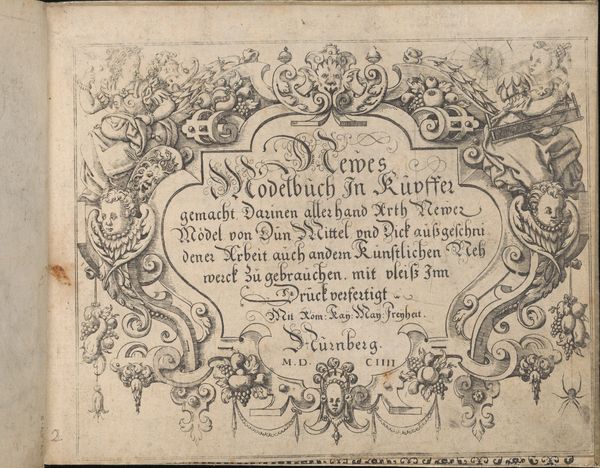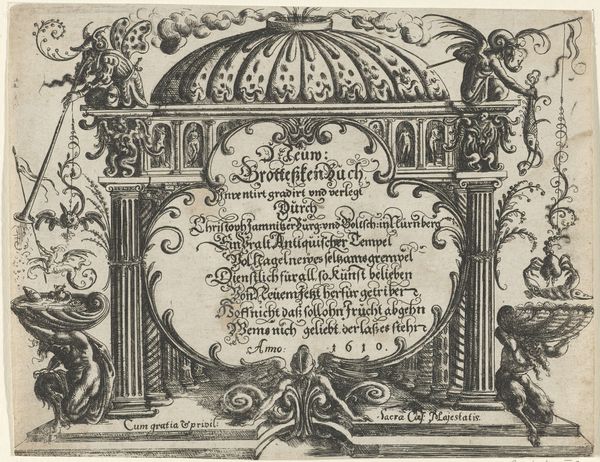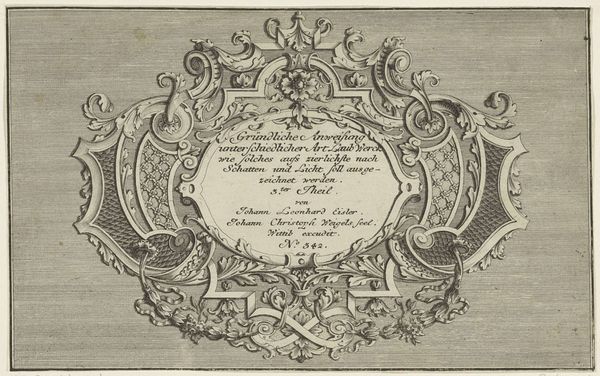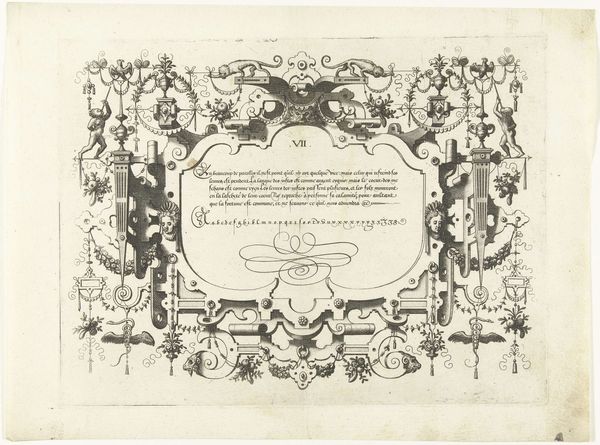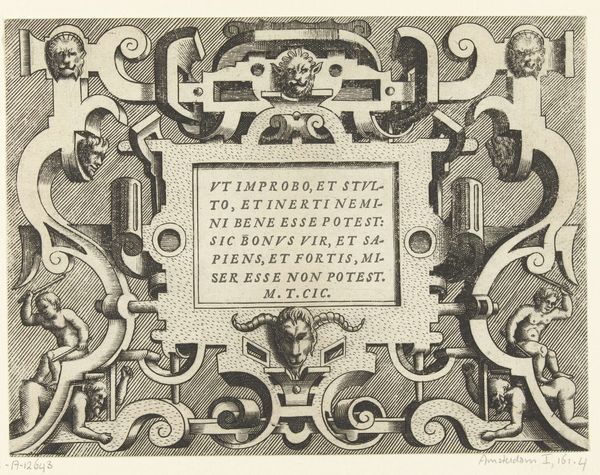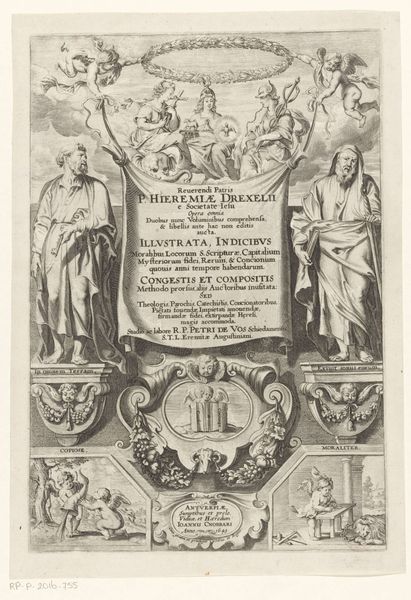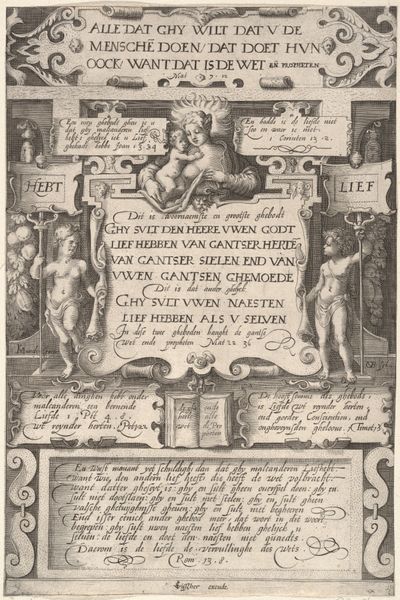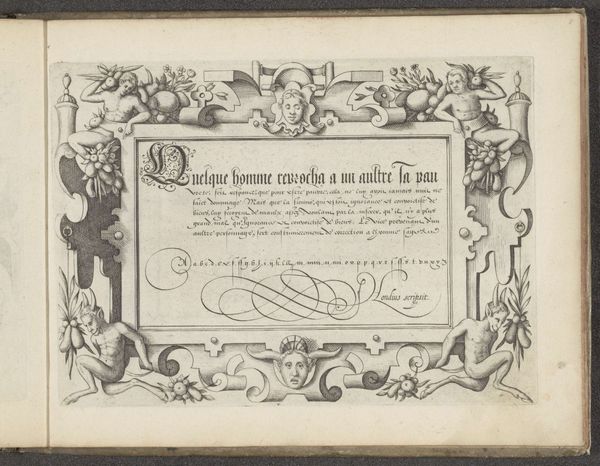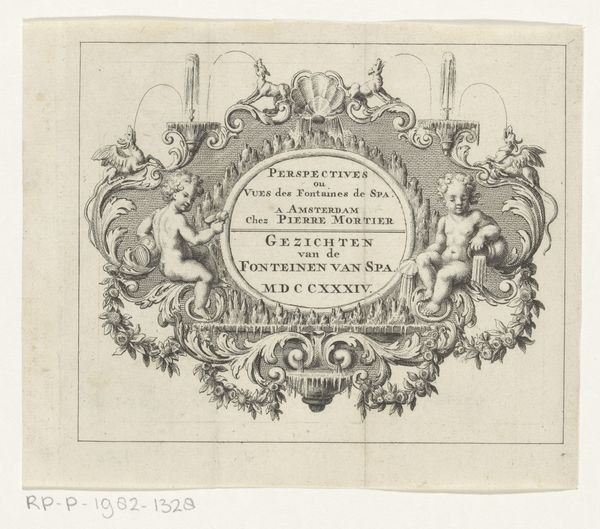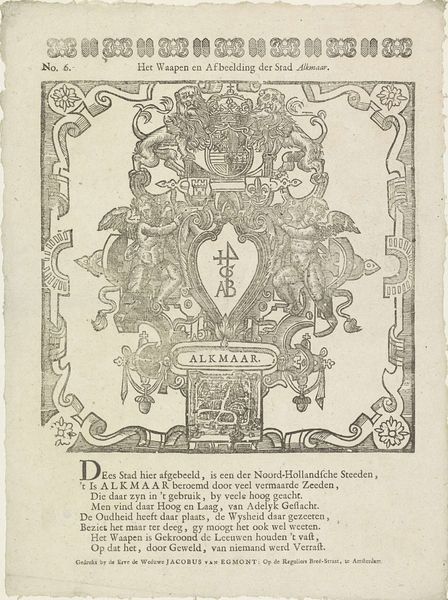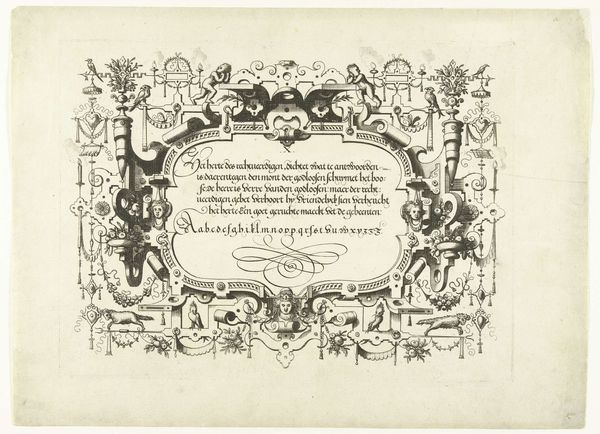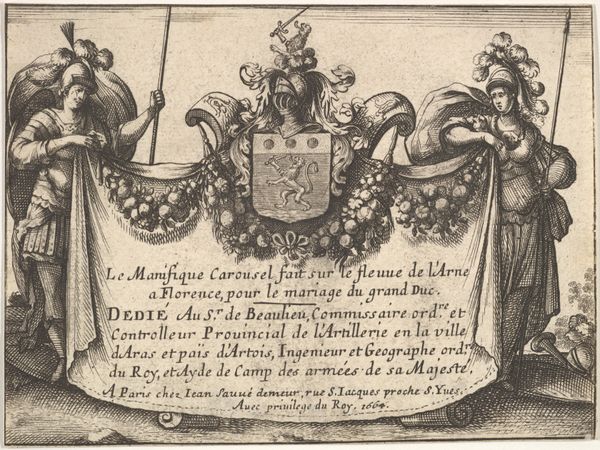
drawing, print, etching, ink, engraving
#
drawing
#
pen drawing
# print
#
etching
#
ink
#
history-painting
#
engraving
Dimensions: sheet (trimmed to plate): 8.1 × 12 cm (3 3/16 × 4 3/4 in.)
Copyright: National Gallery of Art: CC0 1.0
Wenceslaus Hollar etched this title page in 1646, teeming with insects and an ornate cartouche. Butterflies, dragonflies, and other winged creatures adorn the frame, symbolizing transformation and the fleeting nature of life. These motifs, particularly the butterfly, echo through art history, from ancient Greek depictions of Psyche, the soul, to vanitas paintings reminding us of mortality. In early Christian art, the butterfly represented resurrection, a potent symbol of rebirth. Consider, for instance, how the butterfly differs from its depiction in Dutch Golden Age paintings, where it often symbolized transience. Here, Hollar presents these symbols not just as naturalistic studies, but as carriers of deeper cultural meanings. This visual vocabulary taps into a collective memory, resonating with our subconscious understanding of life's ephemeral beauty and the cyclical nature of existence. The symbols, like cultural echoes, reverberate through time, connecting us to the past and reminding us of our shared human experience.
Comments
No comments
Be the first to comment and join the conversation on the ultimate creative platform.
